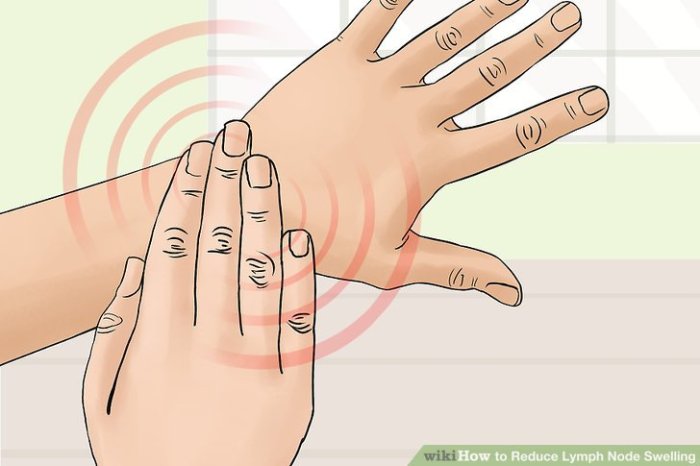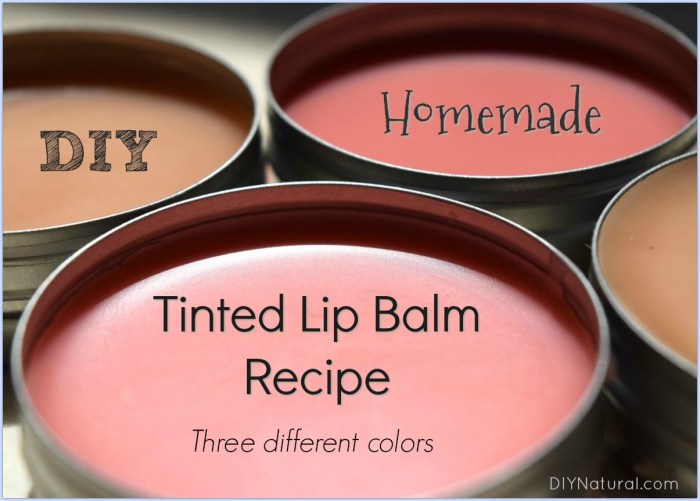DIY crafts using recycled materials take center stage, offering a unique blend of creativity and sustainability. This guide delves into the world of upcycling, exploring how to transform discarded items into beautiful and functional creations. From simple beginner projects to elaborate home decor and artistic expressions, we’ll uncover the joy and environmental benefits of giving new life to old materials.
This comprehensive exploration covers everything from finding and preparing recycled materials to crafting unique jewelry, accessories, and home decor. We’ll also delve into community upcycling projects, highlighting the power of collaboration in promoting sustainability. Whether you’re a seasoned crafter or just starting out, this guide provides the inspiration and practical advice you need to embark on your own upcycling journey.
The Benefits of Upcycling
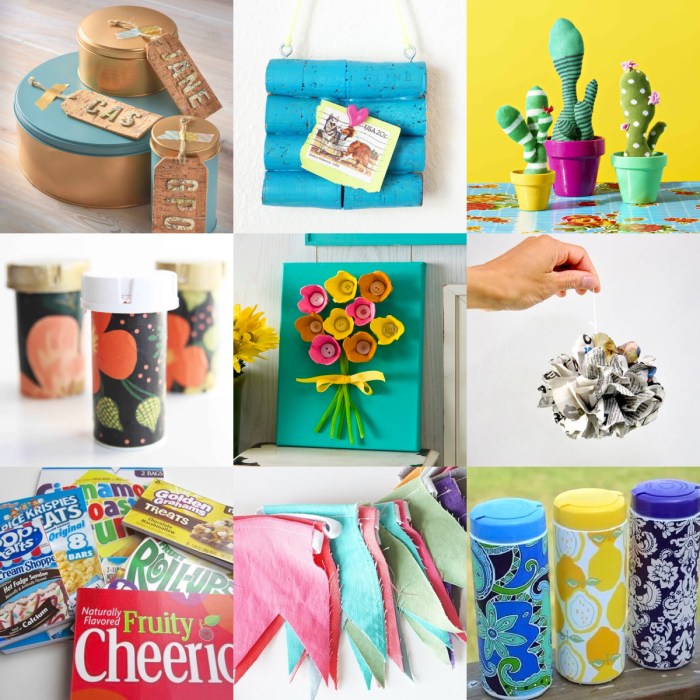
Upcycling, the process of transforming discarded materials into something new and valuable, offers a multitude of benefits, both for the environment and for individuals. It’s a creative and resourceful way to reduce waste and create unique, personalized items.
Environmental Benefits
Upcycling plays a crucial role in reducing our environmental footprint. By giving new life to discarded materials, we lessen the demand for virgin resources, which are often extracted and processed in ways that harm the environment.
- Reduces Landfill Waste: Upcycling helps divert materials from landfills, where they can take hundreds of years to decompose and release harmful greenhouse gases into the atmosphere.
- Conserves Natural Resources: By using recycled materials, we conserve natural resources such as trees, minerals, and water that are used to produce new products.
- Minimizes Pollution: The production of new materials often involves energy-intensive processes that release pollutants into the air and water. Upcycling reduces the need for these processes, minimizing pollution.
Economic Advantages
Upcycling can be a cost-effective way to create beautiful and functional items. By using discarded materials, you can save money on expensive new materials, making it an affordable hobby or even a small business opportunity.
- Saves Money on Materials: Upcycling allows you to use free or inexpensive materials, such as old clothes, cardboard boxes, or glass jars, to create new items.
- Creates Unique and Personalized Items: Upcycled items are often unique and personalized, reflecting your creativity and style. This can add value to your creations and make them more desirable.
- Potential for Entrepreneurship: Upcycling can be a profitable business venture, as there is a growing demand for unique and sustainable products.
Creativity and Resourcefulness
Upcycling encourages creativity and resourcefulness, challenging you to think outside the box and find new uses for everyday objects. It’s a rewarding experience that fosters a sense of accomplishment and encourages a more mindful approach to consumption.
- Develops Creativity: Upcycling encourages you to think creatively and find innovative ways to repurpose materials.
- Promotes Resourcefulness: Upcycling teaches you to make the most of what you have, rather than constantly seeking new materials.
- Fosters a Sense of Accomplishment: Creating something new from discarded materials can be a very satisfying experience.
Upcycled Home Decor
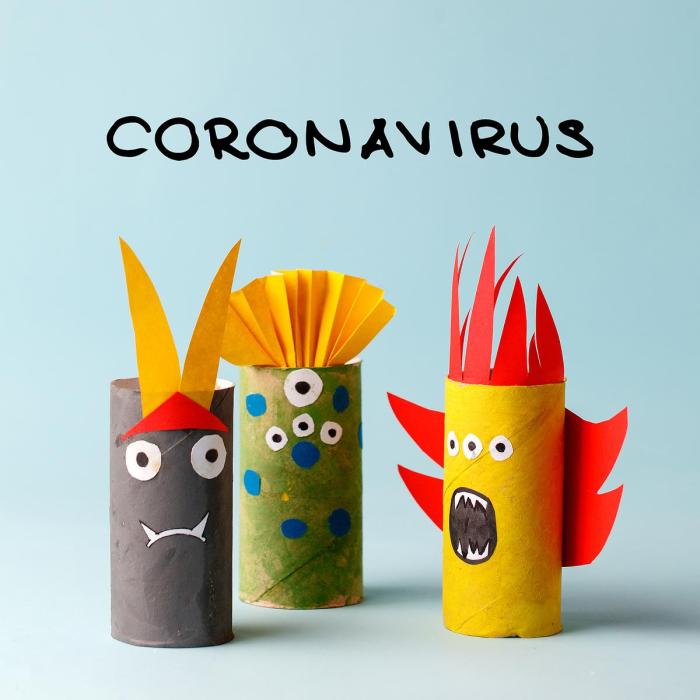
Transforming discarded items into stylish and functional home decor pieces is a creative and eco-friendly way to personalize your space. Upcycling not only reduces waste but also allows you to express your unique style and create one-of-a-kind pieces that tell a story.
Decorative Storage Solutions, Diy crafts using recycled materials
Upcycled storage solutions offer a practical and stylish way to organize your belongings while adding character to your home. Here are some ideas:
- Wine Bottle Vases: Clean glass wine bottles can be transformed into elegant vases for fresh or dried flowers. Simply remove the label, wash thoroughly, and add a decorative touch with paint, twine, or fabric scraps.
- Tin Can Planters: Empty tin cans, after cleaning and removing labels, can be painted, adorned with decoupage, or wrapped with fabric to create charming planters for small plants or herbs.
- Old Suitcases as Coffee Tables: Vintage suitcases can be repurposed as unique coffee tables. Line the inside with fabric or paint the exterior to match your decor.
Wall Art and Decor
Recycled materials can be used to create eye-catching wall art that adds personality and texture to your space.
- Picture Frames from Old Windows: Old windows can be repurposed into unique picture frames. Simply remove the glass, paint the frame, and add your favorite photos or artwork.
- Corkboard from Wine Bottles: Cork from wine bottles can be used to create a unique and functional corkboard. Simply glue the corks onto a piece of cardboard or plywood, and you have a stylish and eco-friendly way to display notes, photos, or artwork.
- Recycled Materials Wall Hangings: Create interesting wall hangings using materials like old magazines, maps, fabric scraps, or even old CDs. Experiment with different textures and patterns to create a visually appealing display.
Lighting Fixtures
Upcycled materials can be used to create unique and stylish lighting fixtures.
- Mason Jar Pendant Lights: Clean mason jars can be transformed into rustic pendant lights by adding a light bulb socket, a wire, and a chain. You can personalize them by painting the jars, adding fabric, or adding a decorative touch.
- Recycled Tin Can Lamps: Empty tin cans can be used to create industrial-style lamps. Cut a hole in the top of the can, insert a light bulb socket, and add a wire and a chain. You can paint the can, add a decorative cover, or leave it with its original rustic look.
- Old Bottles as Candle Holders: Empty glass bottles can be used as stylish candle holders. Simply clean the bottles, add a candle, and decorate them with paint, twine, or fabric scraps.
Recycled Art and Sculpture: Diy Crafts Using Recycled Materials
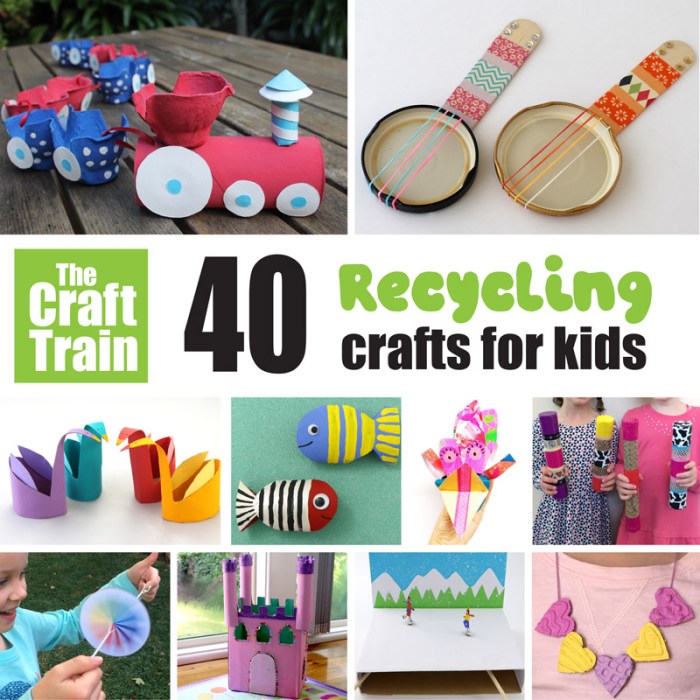
Turning trash into treasure isn’t just about upcycling furniture or creating home decor. Recycled materials can be the foundation for stunning and thought-provoking art installations and sculptures. This approach not only breathes new life into discarded items but also encourages a more mindful and creative approach to waste management.
Transforming Recycled Materials
Transforming discarded materials into artistic expressions involves a combination of imagination, technical skill, and a keen eye for detail. The process can be broken down into several key steps:
- Material Selection: The first step involves carefully selecting materials that align with the artist’s vision and artistic style. Recycled plastic, metal, glass, cardboard, and even old electronics can be transformed into unique artistic creations.
- Preparation and Cleaning: Once the materials are selected, they need to be cleaned and prepared for use. This might involve removing labels, sanding surfaces, or cutting materials to specific sizes.
- Joining and Assembly: Depending on the chosen materials and the desired form, various techniques can be employed to join and assemble the pieces. These techniques can range from simple gluing and taping to more intricate welding or soldering.
- Finishing Touches: The final step involves adding finishing touches to enhance the artwork’s aesthetic appeal. This might involve painting, varnishing, or incorporating additional elements to create a more cohesive and impactful piece.
Creating a Cohesive Art Piece
The key to creating a cohesive and impactful art piece using recycled materials lies in the artist’s ability to integrate the diverse materials into a unified and aesthetically pleasing composition.
- Form and Structure: The form and structure of the artwork should be carefully considered, ensuring that the chosen materials contribute to the overall design. The artist might opt for a geometric or organic form, depending on the desired aesthetic and the nature of the recycled materials.
- Color and Texture: The artist should also consider the color and texture of the recycled materials. By carefully selecting and arranging the materials, the artist can create a visual narrative and evoke specific emotions.
- Lighting and Placement: The way light interacts with the artwork can significantly impact its visual impact. The artist should carefully consider the lighting conditions and the placement of the artwork to maximize its visual appeal.
Sustainable Living Through Upcycling
Upcycling, the art of transforming discarded materials into valuable new items, is more than just a creative hobby; it’s a powerful tool for building a more sustainable lifestyle. By embracing upcycling, we can reduce waste, conserve resources, and contribute to a healthier planet.
Incorporating Upcycling Into Everyday Life
Upcycling can be seamlessly integrated into daily routines, turning everyday objects into something extraordinary. Here are some tips for incorporating upcycling into your life:
- Repurpose old clothing: Transform old t-shirts into tote bags, turn worn-out jeans into stylish patches for new garments, or create cozy cushions from discarded sweaters.
- Give new life to glass jars: Use them as storage containers for pantry staples, organize your craft supplies, or create unique candle holders.
- Turn old furniture into statement pieces: Refurbish a vintage dresser with a fresh coat of paint, transform an old door into a unique headboard, or give new life to an antique chair with upholstery.
- Repurpose cardboard boxes: Use them to create organizers for your desk, build a miniature playhouse for your children, or fashion decorative storage boxes.
- Transform old pallets: Create unique furniture pieces, garden planters, or even a rustic wall art installation.
The Benefits of Upcycling for a Sustainable Lifestyle
Upcycling contributes to a more sustainable lifestyle by minimizing waste and reducing our environmental footprint. Here’s how:
- Reduces waste: By giving discarded materials a new purpose, upcycling prevents them from ending up in landfills, where they decompose and release harmful greenhouse gases.
- Conserves resources: Upcycling reduces the demand for new materials, which are often extracted from the earth through processes that can be environmentally damaging.
- Saves energy: Manufacturing new products requires significant energy consumption. Upcycling reduces the need for new production, saving energy and lowering carbon emissions.
- Promotes creativity and resourcefulness: Upcycling encourages individuals to think outside the box and find creative solutions for using discarded materials, fostering resourcefulness and innovation.
The Long-Term Impact of Upcycling
Upcycling has a positive impact on the environment and society in the long term. By reducing waste and promoting resource conservation, upcycling helps to:
- Mitigate climate change: Reducing waste and energy consumption associated with manufacturing new products helps to reduce greenhouse gas emissions, contributing to efforts to mitigate climate change.
- Preserve natural resources: Upcycling reduces the need for extracting new resources, helping to preserve forests, minerals, and other natural resources for future generations.
- Promote a circular economy: Upcycling encourages a circular economy, where resources are used and reused repeatedly, reducing waste and dependence on linear production models.
- Create economic opportunities: Upcycling can create new businesses and employment opportunities, particularly in communities where traditional industries have declined.
Upcycling is more than just a crafting trend; it’s a philosophy that embraces resourcefulness and creativity while minimizing our environmental footprint. By transforming discarded materials into valuable treasures, we not only create beautiful and unique items but also contribute to a more sustainable future. Let’s embrace the spirit of upcycling, transforming our waste into works of art, and inspiring others to join the movement for a greener, more creative world.
DIY crafts using recycled materials can be a fun and rewarding way to give new life to old items. A great example of this is creating a DIY Cat in the Hat hat , where you can repurpose cardboard boxes, fabric scraps, and even old newspapers to bring the iconic character to life. Not only does this type of project encourage creativity, but it also promotes environmental awareness by reducing waste and giving discarded materials a second chance.

